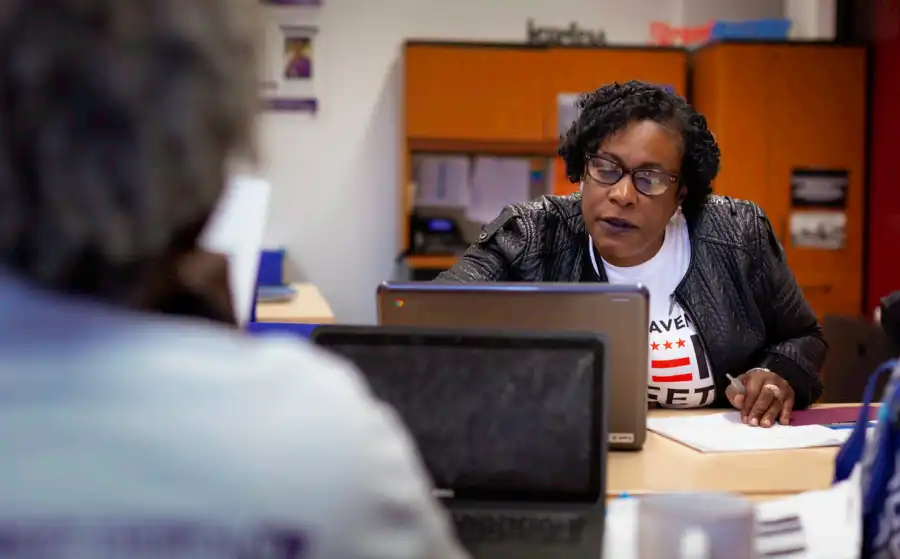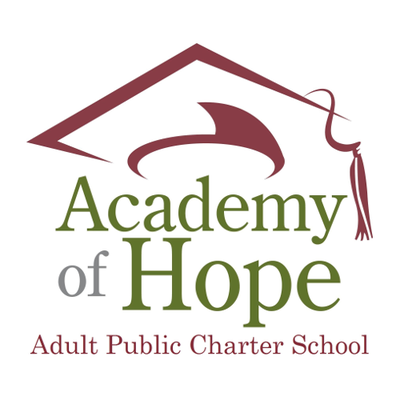
This October is National Information Literacy Awareness Month. The holiday, established by former President Barack Obama in 2009, emphasizes the importance of adapting literacy skills needed to navigate, comprehend, and analyze information.
In the era of emerging technology, this statement remains true regarding digital literacy. Computers and mobile devices are now the main tools used to inform and communicate, popular for personal use and in the workplace.
Despite its relevance, the digital gap in impoverished areas of the United States persists. These individuals lack adequate access to technology and the internet. As a result, about one-third of Americans are digitally illiterate and struggle to benefit the economy. Black and Hispanic populations are overrepresented in this percentage and/or do not have a high school diploma.
At Academy of Hope (AoH), we recognize the digital divide in the District of Columbia and work towards eliminating it to help our learners develop pathways towards economic mobility.
Before learners enroll in their designated program, they are required to complete the Northstar Digital Literacy Assessment. The assessment uses online learning modules to evaluate adult digital literacy skills. Those who receive an 80% or higher are considered digitally literate.
Those who receive below the score are encouraged by the Manager of Tech Fluency and Digital Literacy, Wallace Lane, to enroll in his class. Other learners in the class are recommended by AoH staff members or Wallace himself.
“Whether it be age range, whether it be life circumstances that prevent our learners from being up-to-date in terms of technology skills … I teach anything from touch pad skills to mouse and keyboarding, to managing multiple screens.”
More advanced units include emailing, teaching learners how to draft, send, and reply to emails. Wallace states that watching learners go from never writing an email to cc’ing school leadership is one of his favorite parts of the course.
Learners attend the class for however long they need. And even if they’ve advanced from the class, Wallace emphasizes that he is always a resource, stepping into the classroom to help when needed. Teachers are also trained to adapt their curriculum to learners’ evolving digital abilities.
The improvement of their skills impresses him, too.
“I think it’s proven here at AoH that once you show a learner confidence in their own learning experience, they take control of their laptop and cellphone. Once you show them, they can be confident in themselves, that confidence matriculates into the classroom.”
Now, these learners can independently log on to their classes on Zoom and complete online assignments, making it easier to engage at a faster pace.
Understanding how to navigate the internet and analyze information can also help learners find and apply for post-secondary education to advance their careers.
Digital literacy is a key component of adult education, supporting learners who may have previously left school before the modern age or were affected by the digital divide. Whatever the cause, digital literacy education lets learners develop transferable skills in their personal and professional lives, making a positive impact on their community as they propel towards economic growth.
